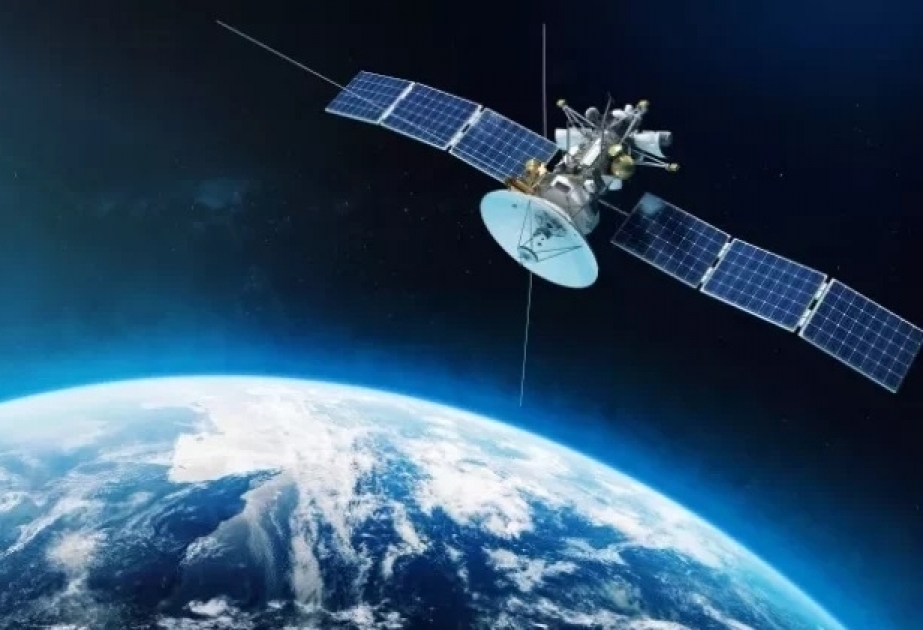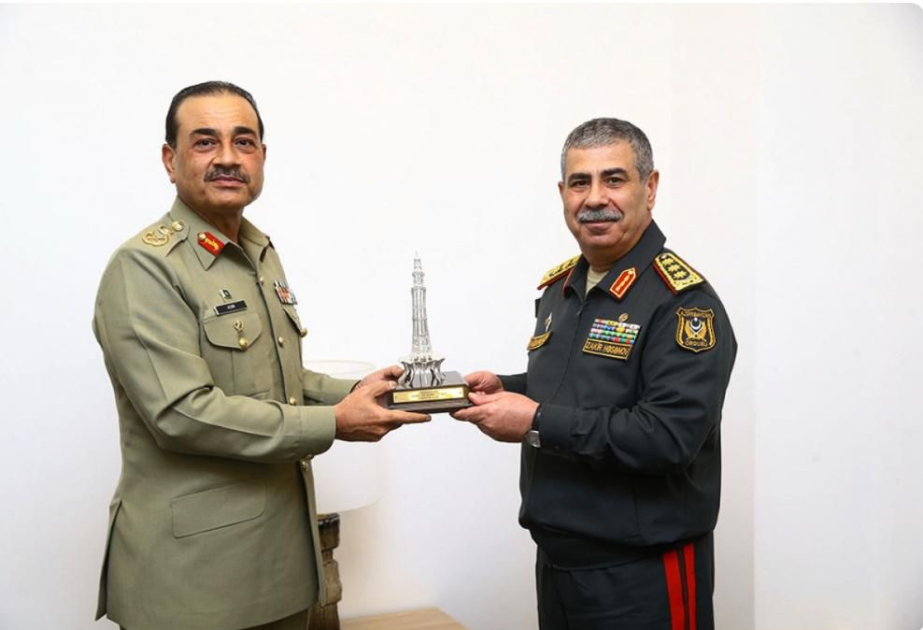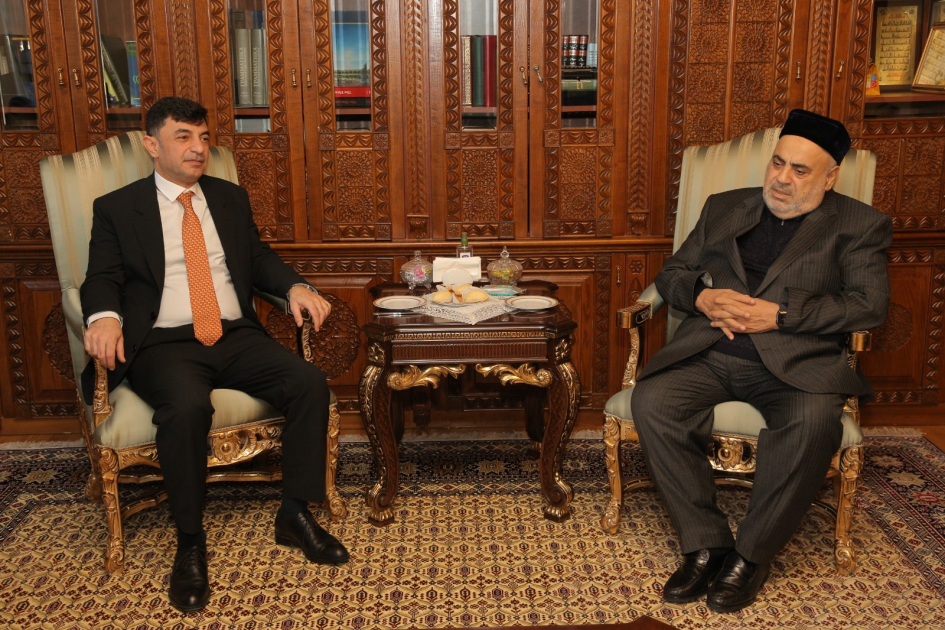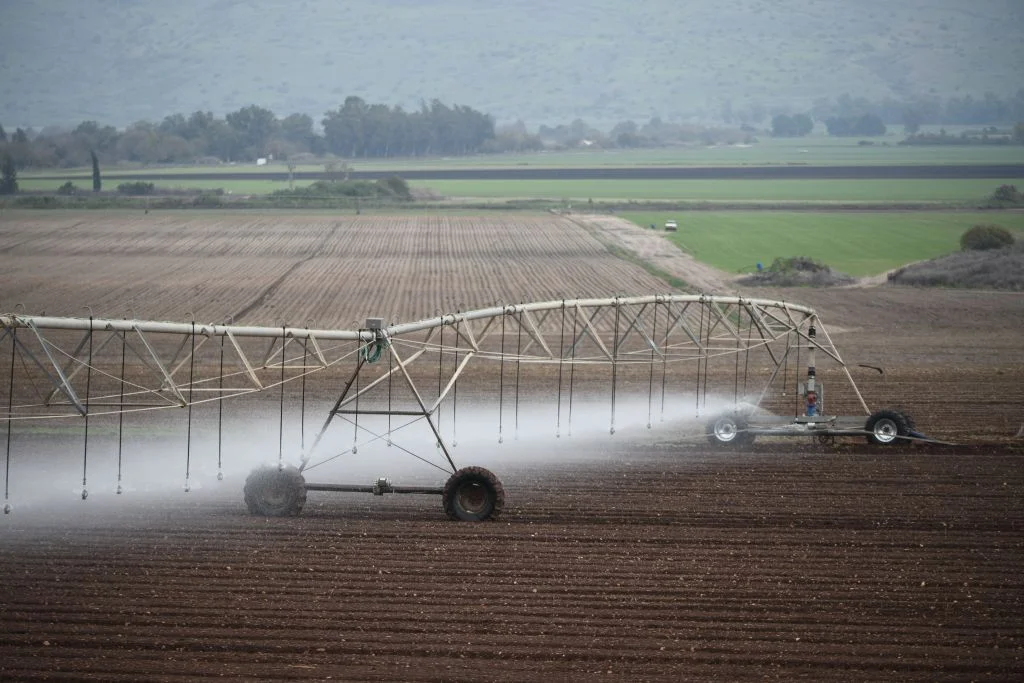The global crackdown on methane emissions will get a boost from a watchdog satellite built to track and publicly reveal the biggest methane polluters in the oil and gas industry, according to Washington Post. The satellite launched March 4 on a SpaceX rocket and will begin transmitting data later this year.
The satellite, designed by scientists from the nonprofit Environmental Defense Fund (EDF) and Harvard University, will monitor areas that supply 80 percent of the world’s natural gas. Unlike other methane tracking satellites, it will cover a vast territory while also gathering data detailed enough to spot the sources of emissions.
“Soon, there will be no place to hide,” said Ben Cahill, a climate expert at the Center for Strategic and International Studies, a national security think tank. “There’s going to be a lot of public data on methane emissions, so companies will have very strong incentives to figure out the problem and fix it.”
Methane, a potent greenhouse gas released from farms, landfills and leaky fossil fuel equipment, accounts for nearly a third of global warming. Cutting methane emissions is one of the fastest ways to slow climate change, according to climate scientists, because even though it traps 80 times as much heat in the atmosphere as carbon dioxide, it dissipates after about 12 years.
Most of the world’s oil and gas companies agreed to slash their methane emissions by more than 80 percent by 2030 at last year’s COP28 climate conference, and policymakers are working to hold them to that promise. U.S. regulators proposed steep fines on methane emissions in January and struck a deal with regulators in Europe, Japan, South Korea and Australia last year to monitor fossil fuel companies’ methane emissions.
But so far, it’s been hard to track companies’ progress. There are thousands of oil and gas facilities around the world with countless pieces of equipment that can leak or malfunction and release methane, which is odorless and invisible to the naked eye. Companies and regulators can measure some emissions by installing methane detectors or using planes or drones to fly sensors over a facility, but the data is incomplete and hard to compare between companies.
Now, a new generation of satellites, led by MethaneSAT, promises to give a more complete picture of the oil and gas industry’s global methane emissions.
“We’re on the verge of a methane data revolution ... in which satellites are having a very prominent role,” said Manfredi Caltagirone, who heads the United Nation’s International Methane Emissions Observatory. “MethaneSAT is exciting in particular ... because it’s expected to give us so much better data than what we have now.”
There are already a handful of public and private satellites that monitor methane emissions, but they either zoom in on small areas or take fuzzy, low-resolution surveys of the world. Currently, no satellite has a good enough view of global emissions to make meaningful comparisons between the methane coming from different oil and gas operations.

















